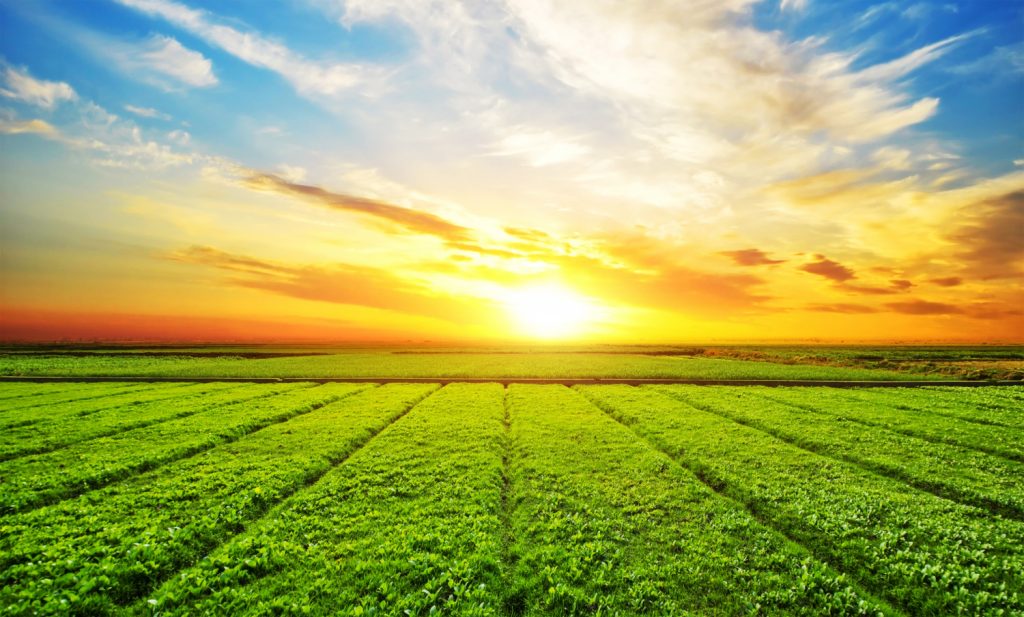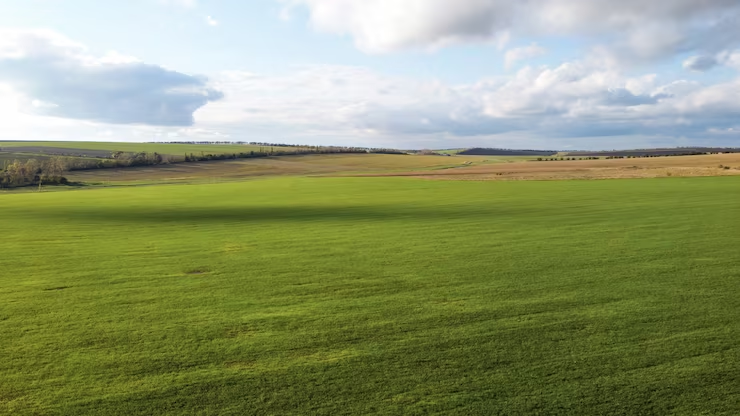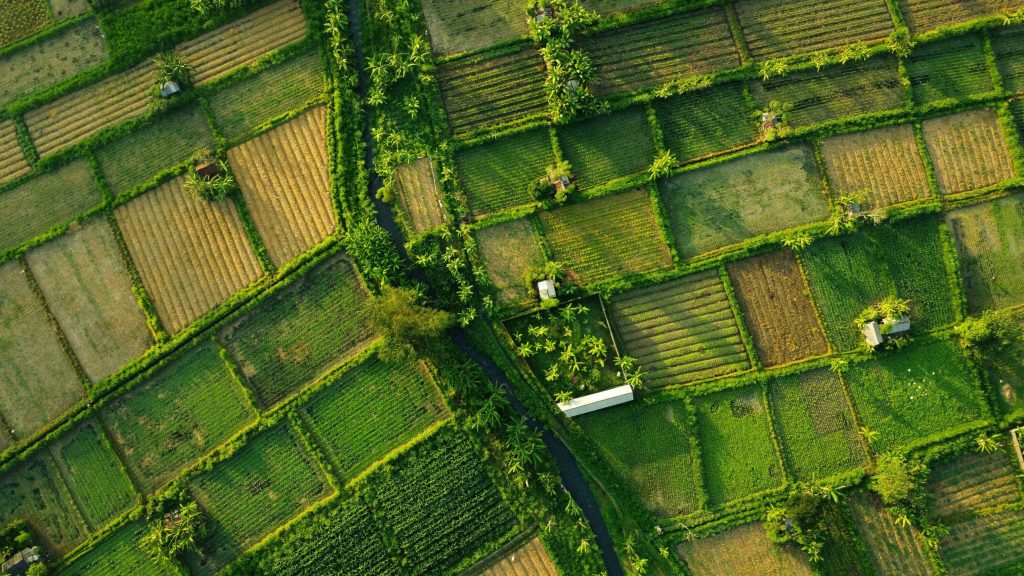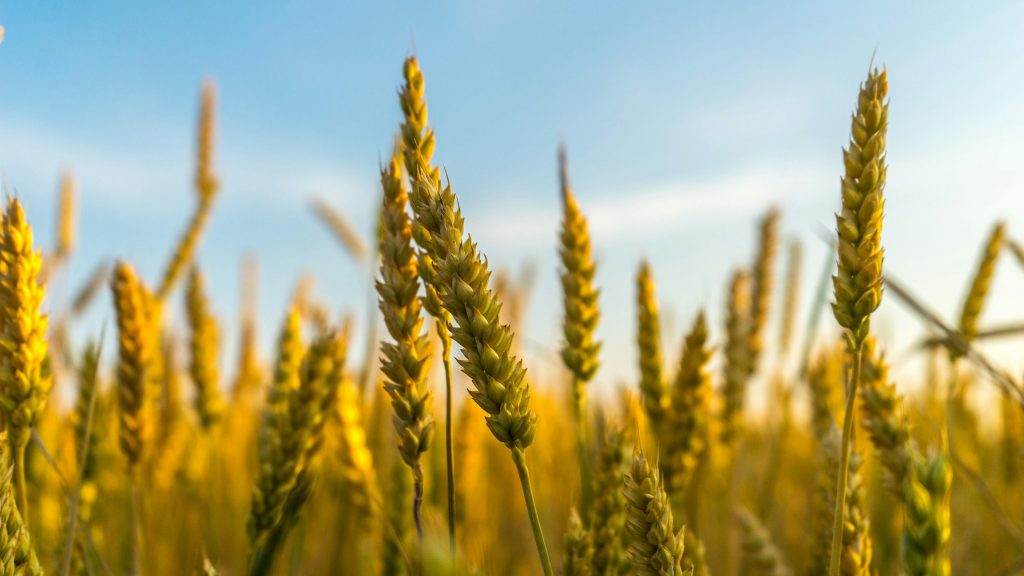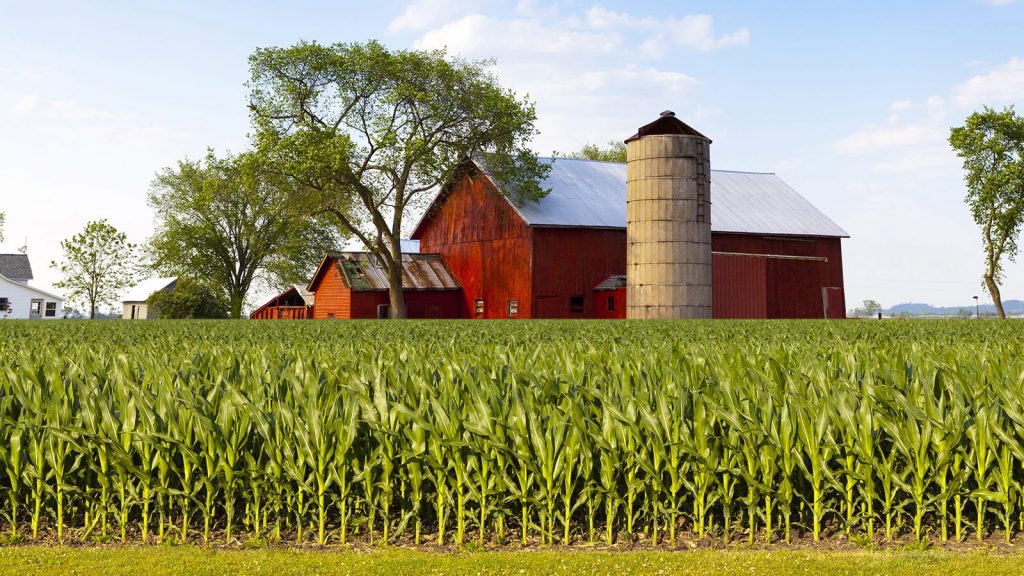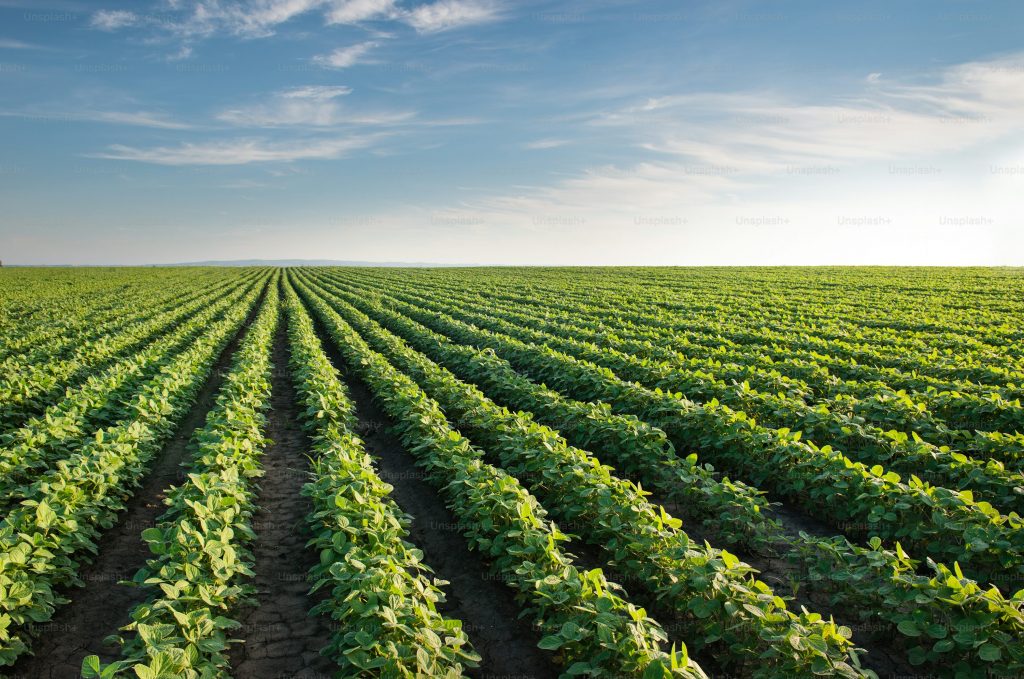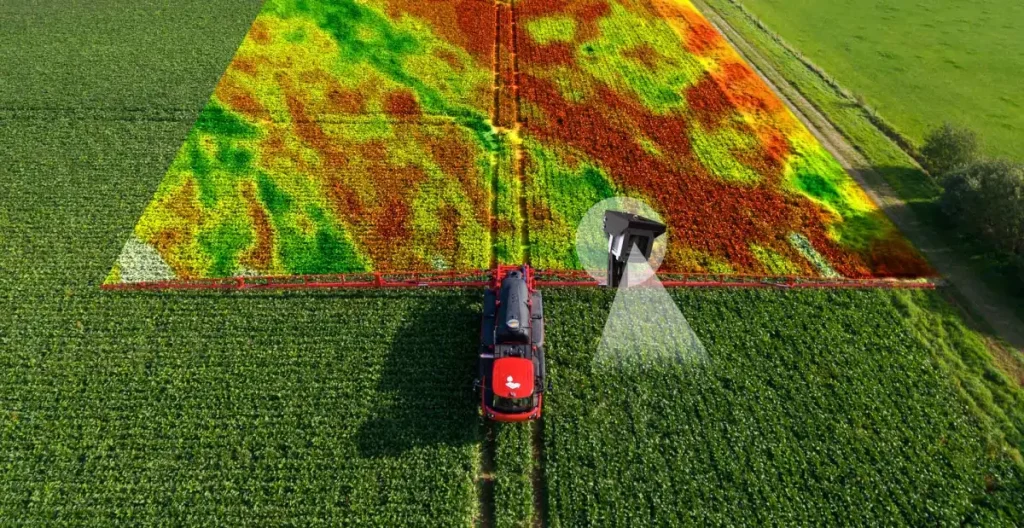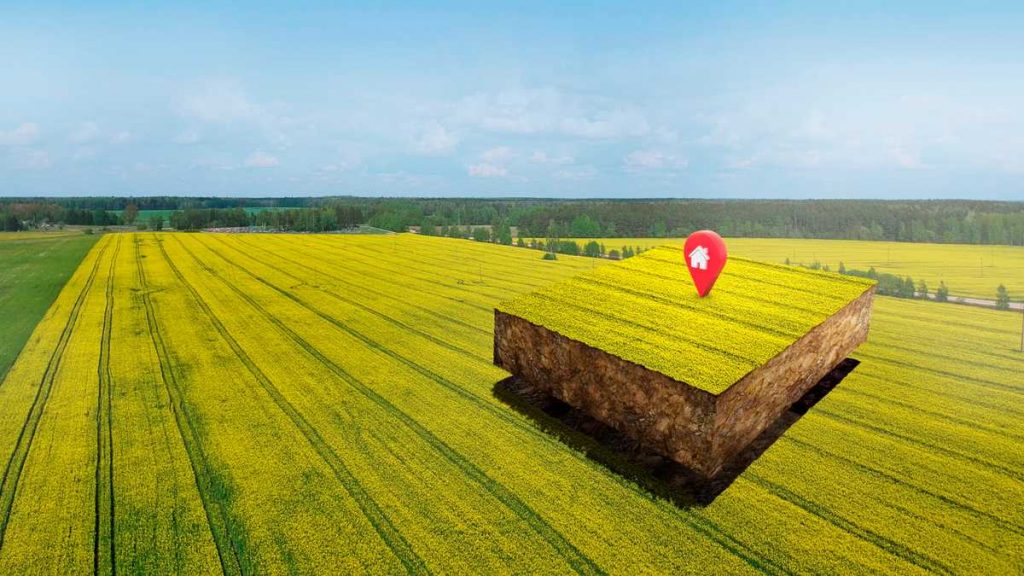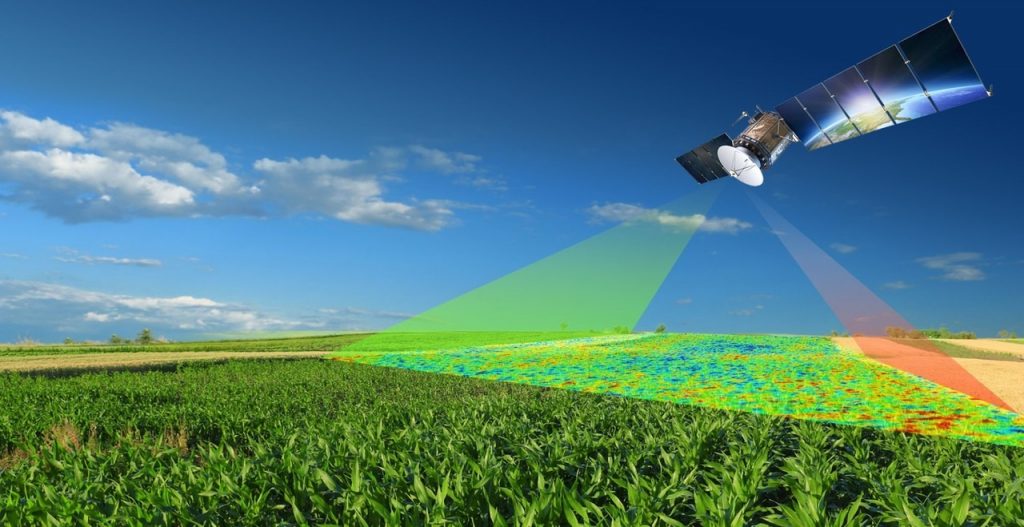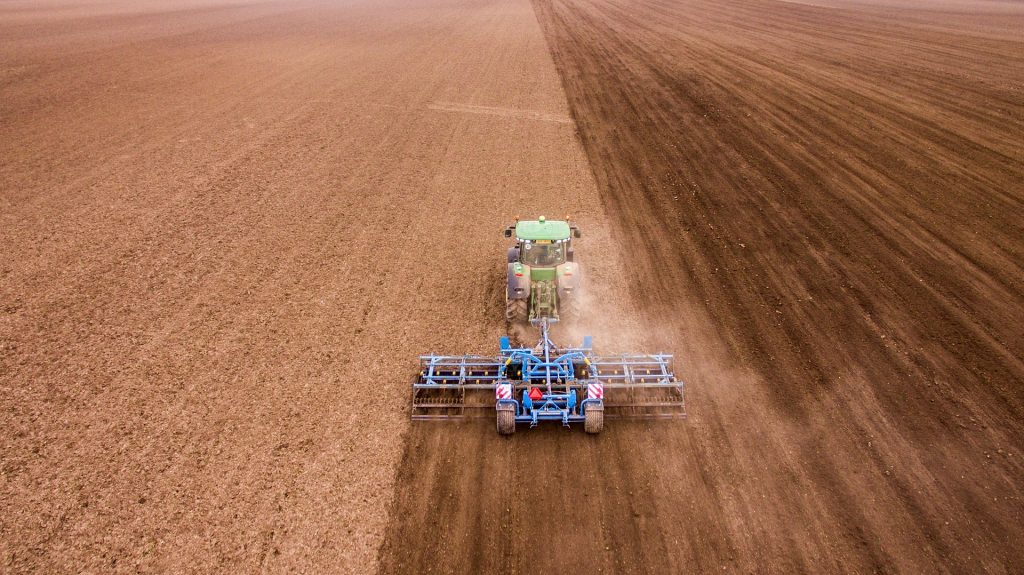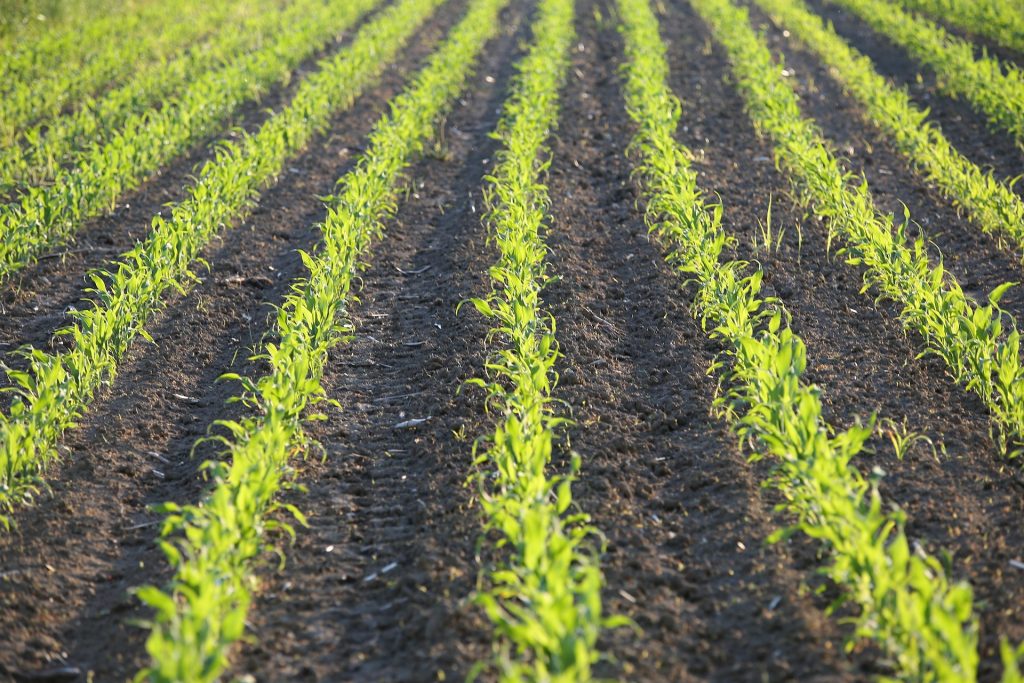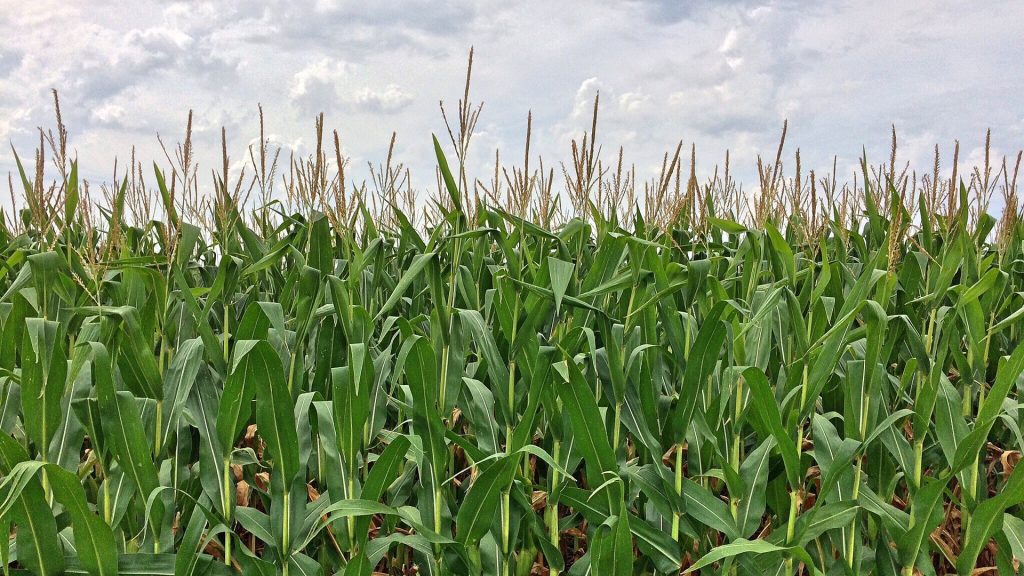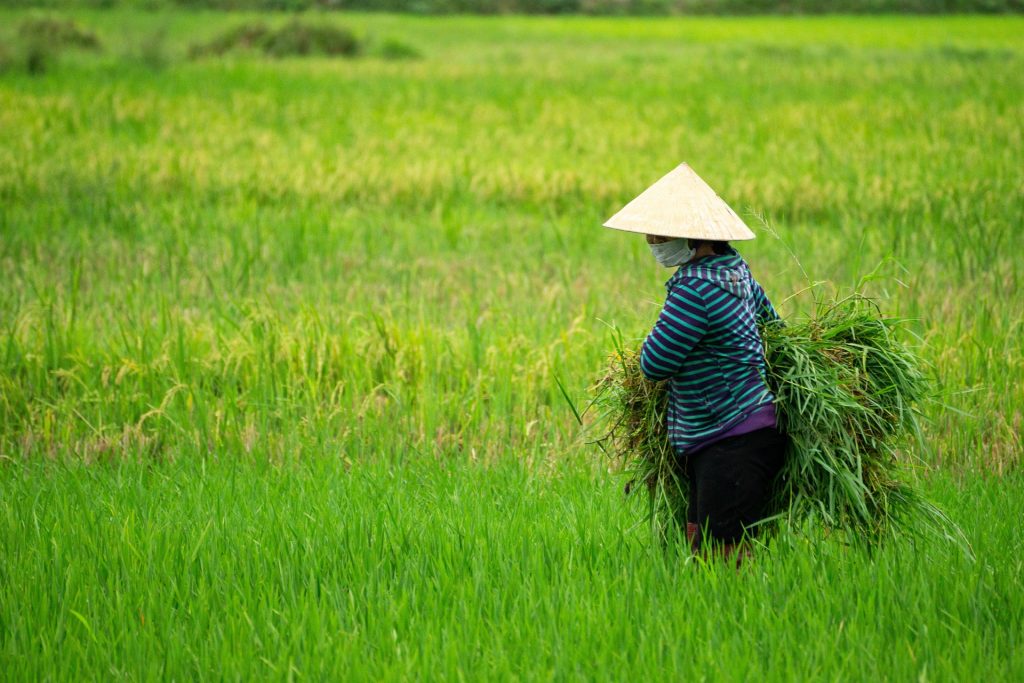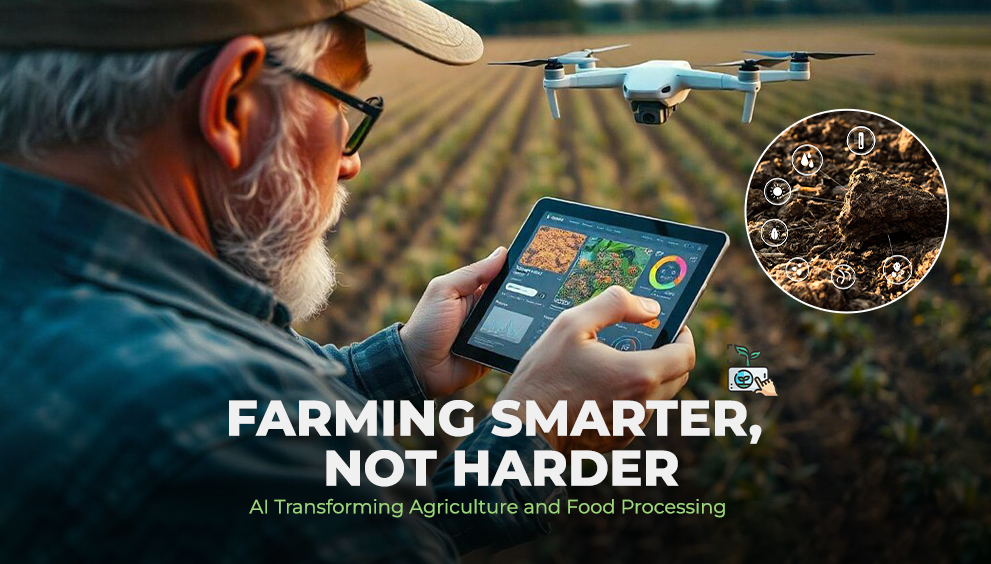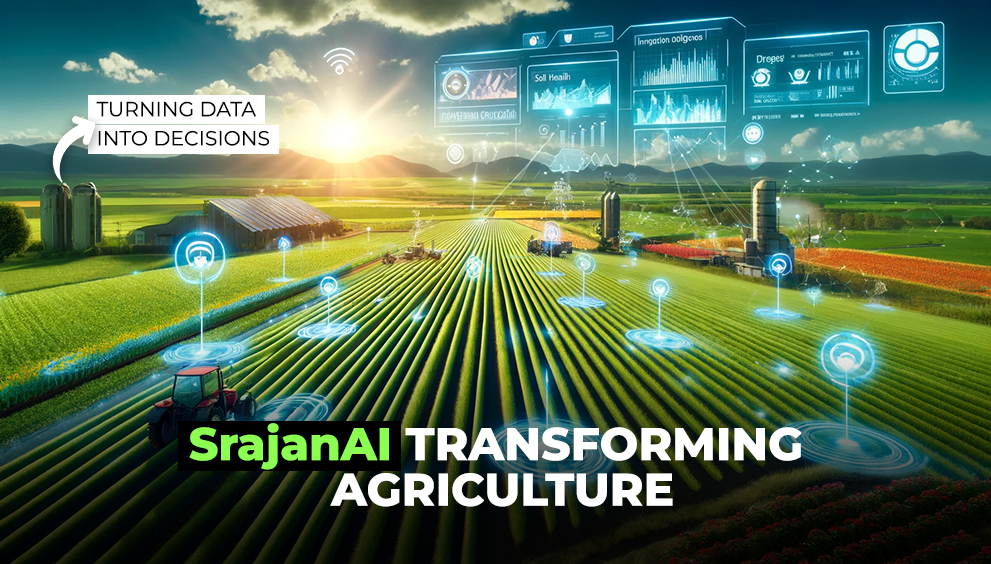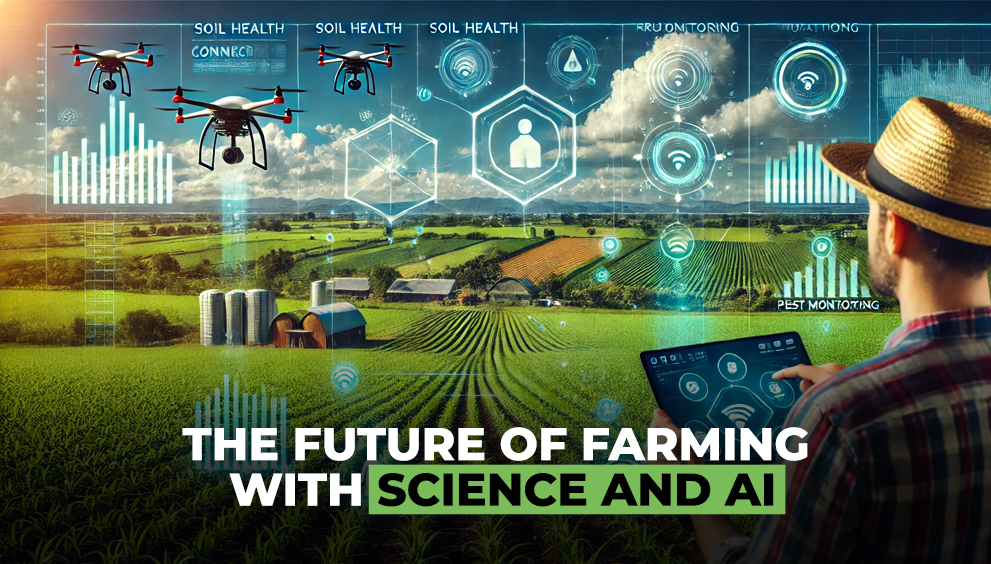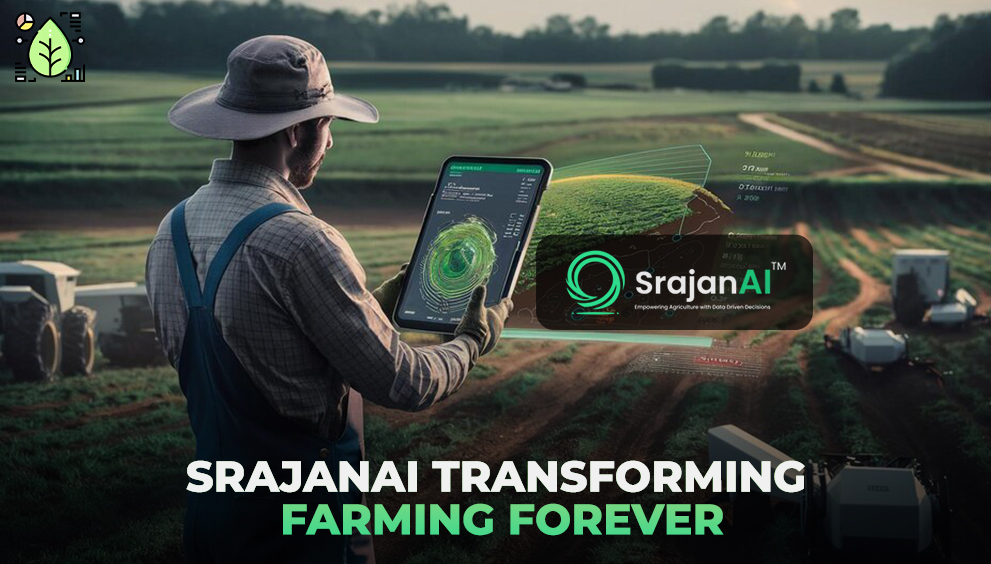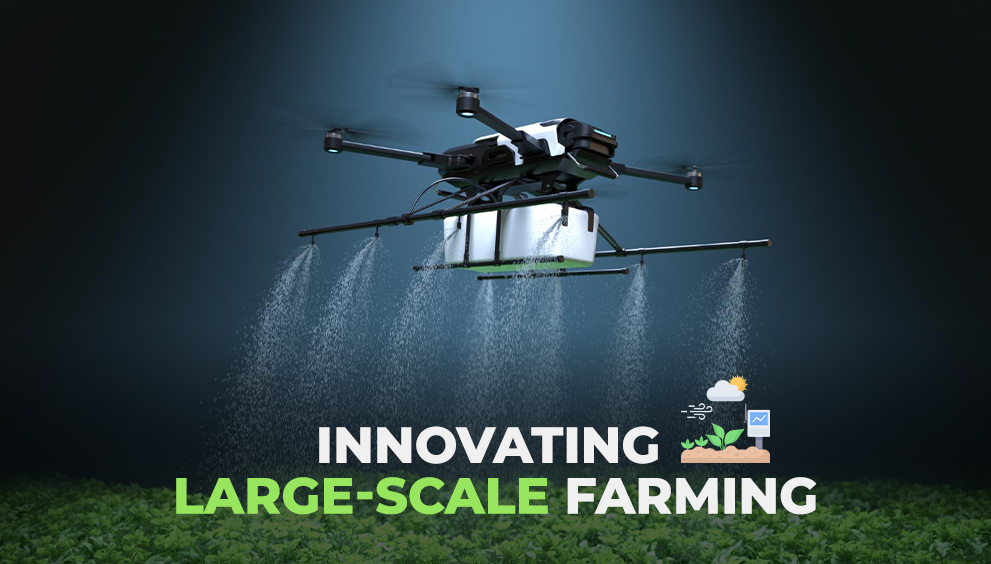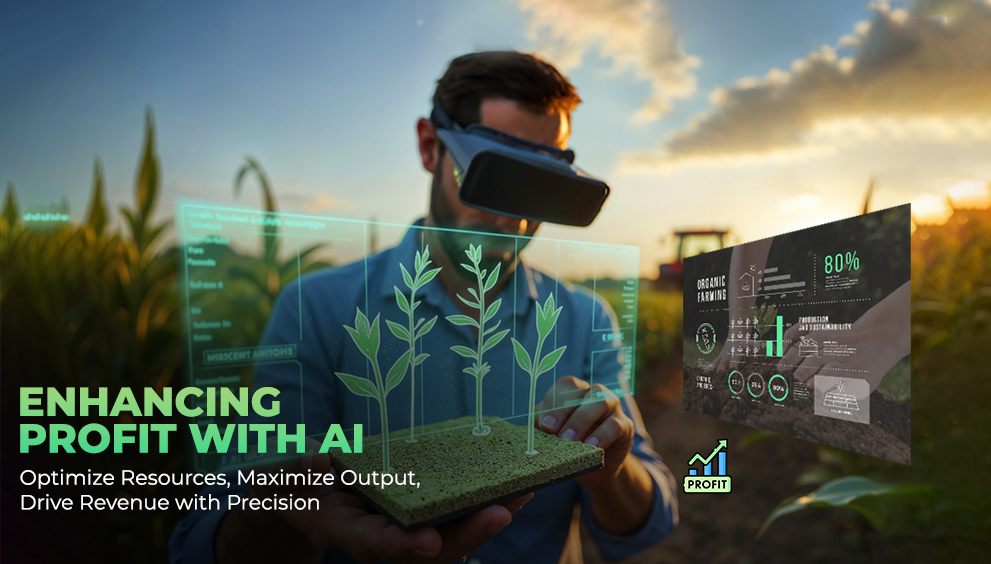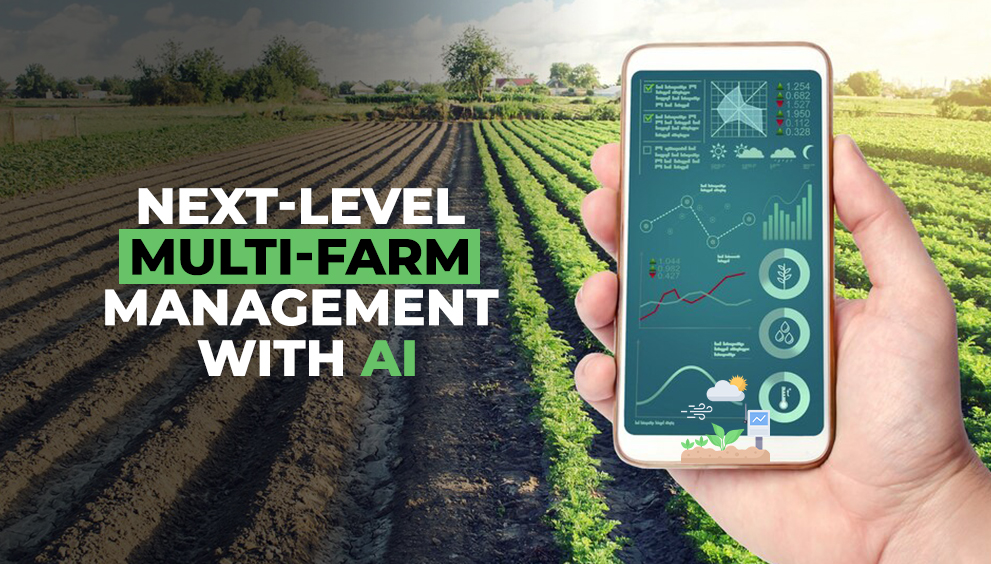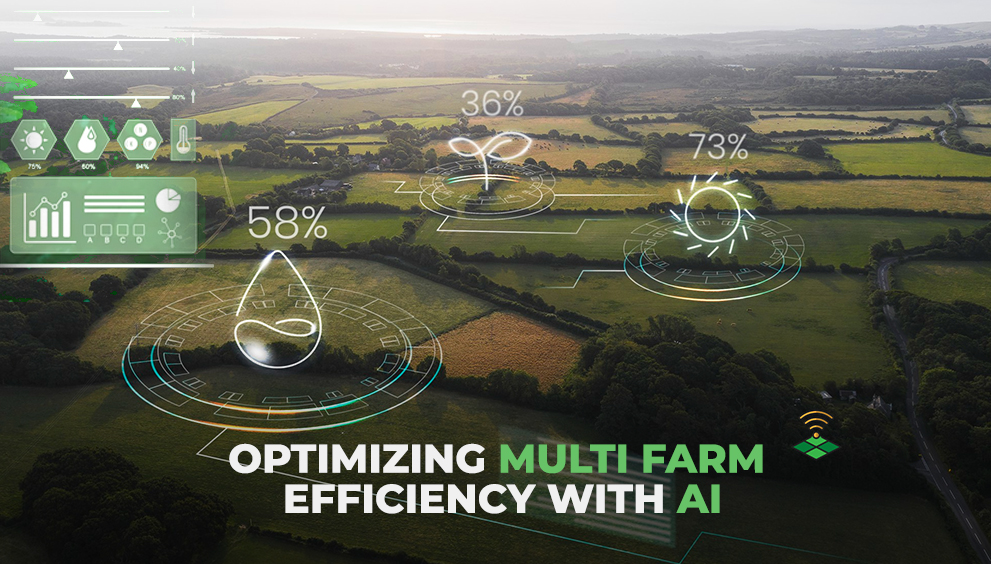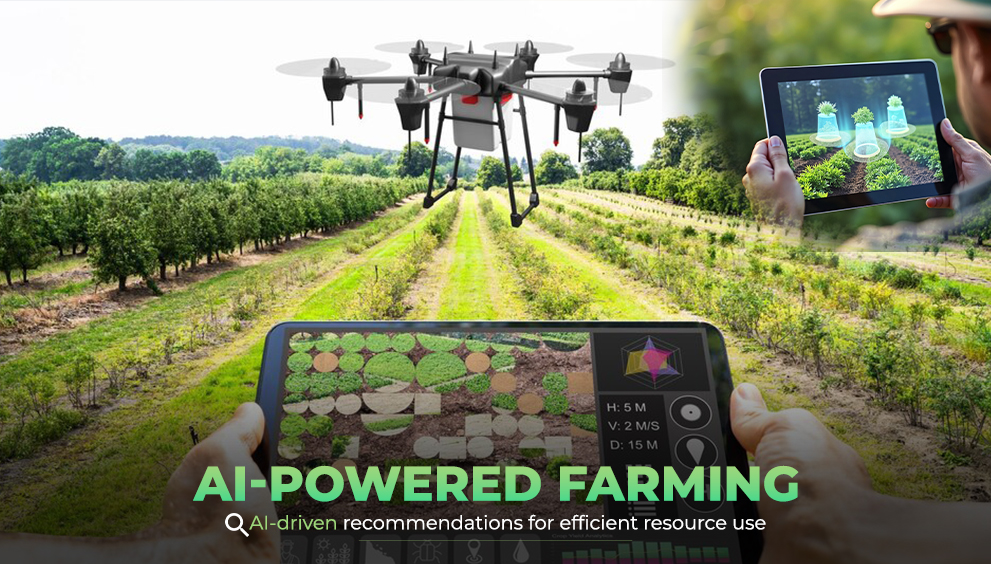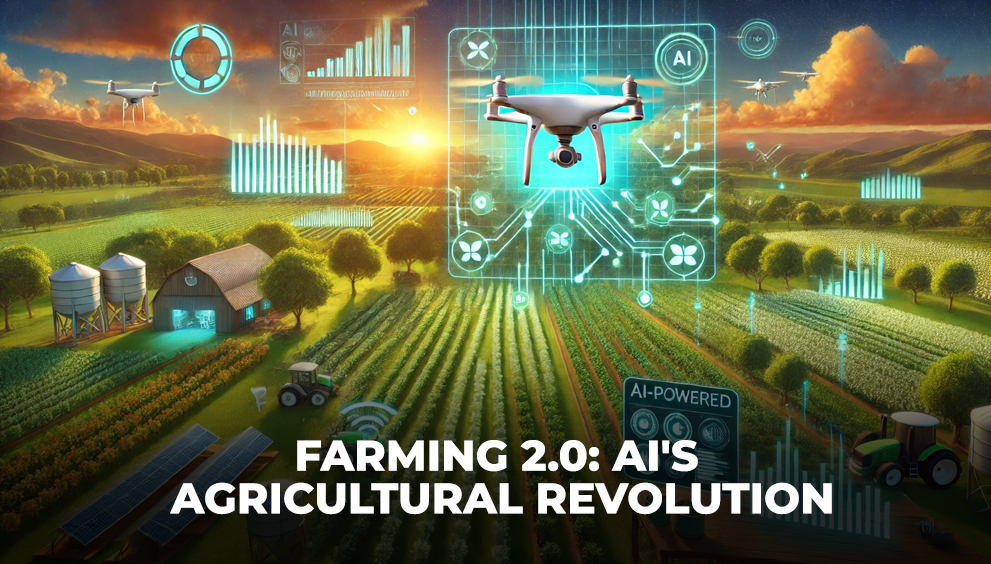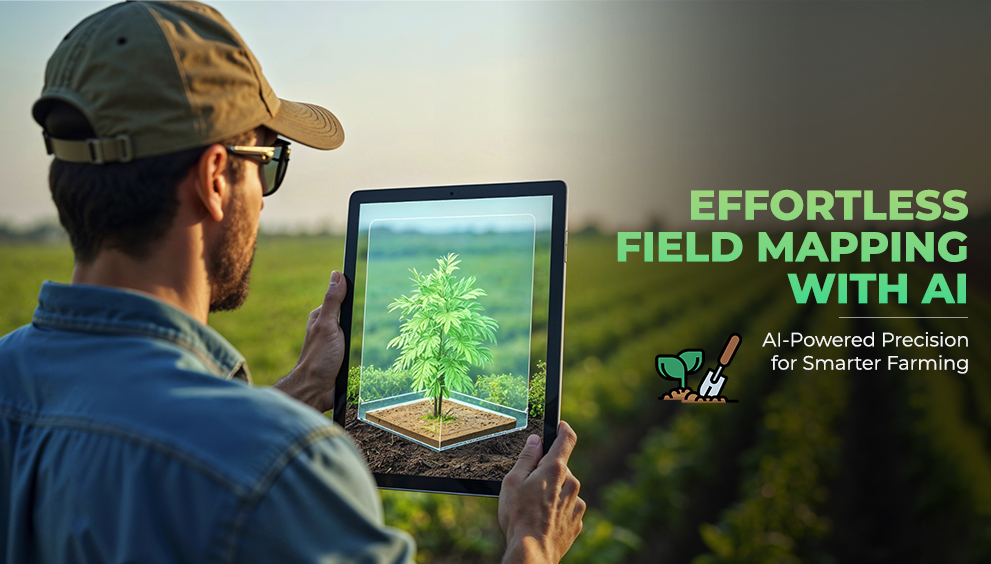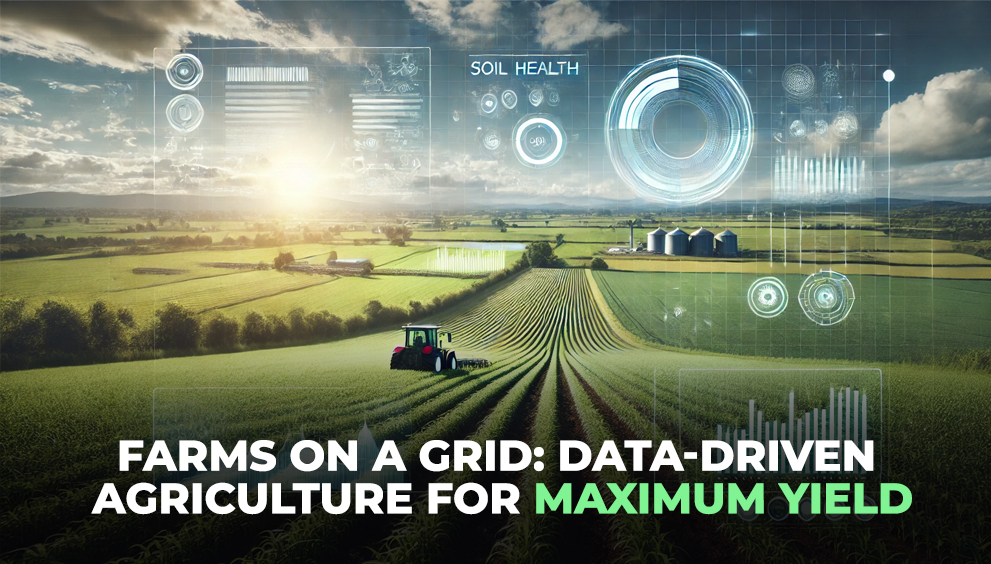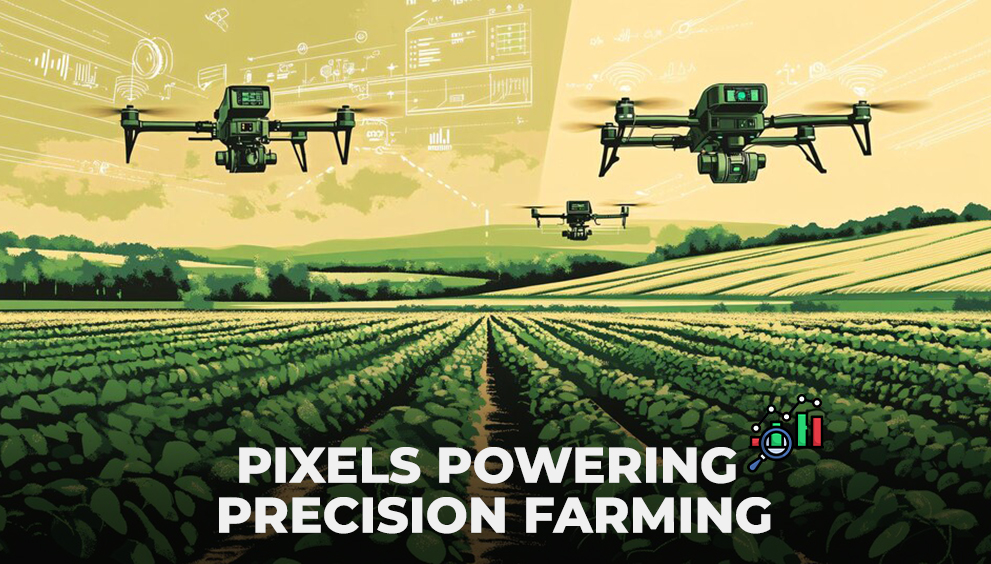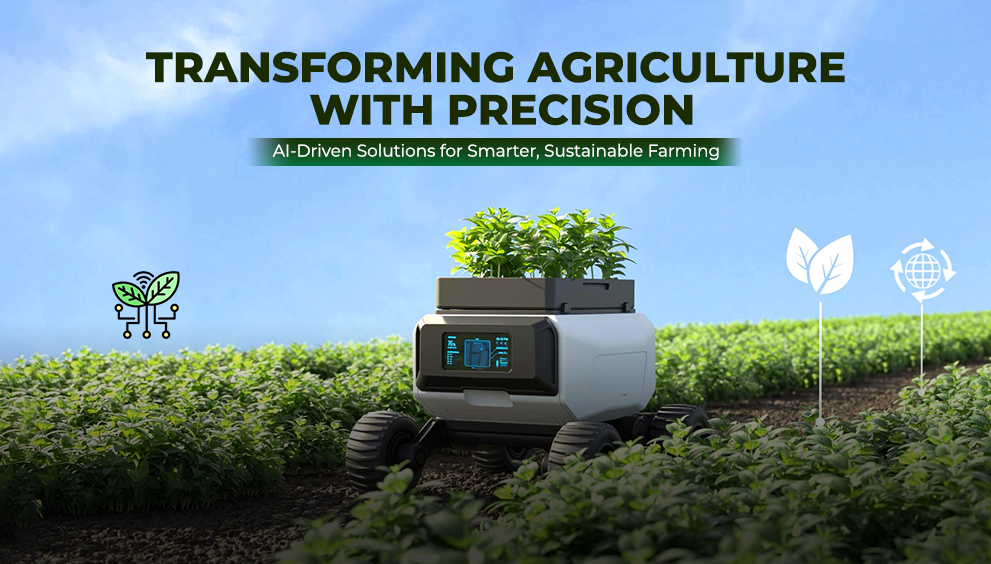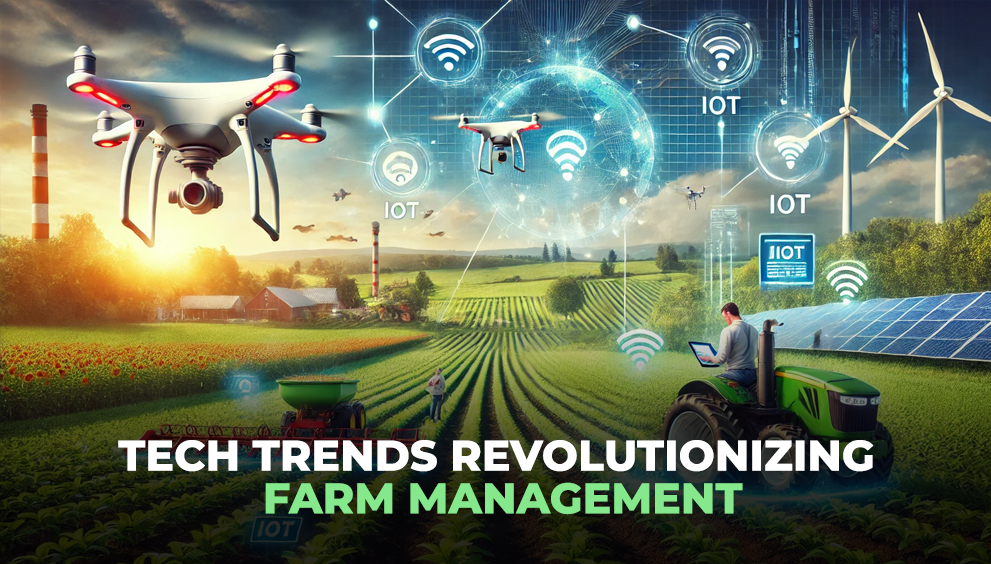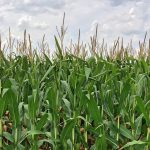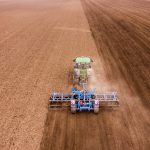Is Data the New Fertilizer?
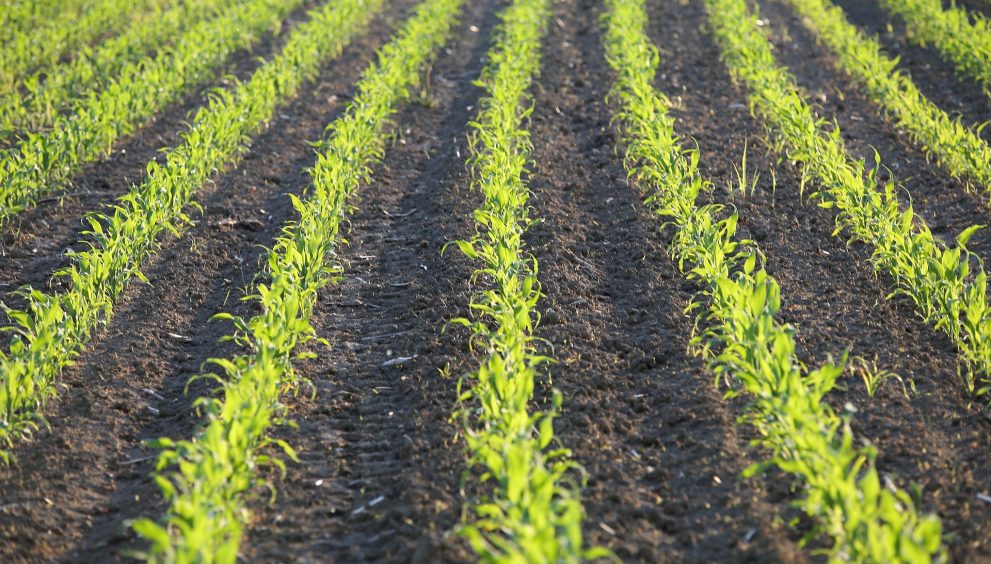
Why Agribusinesses Can’t Scale Without AI
Once upon a time, land and labor were enough to grow. Then came machines, chemicals, hybrids. But today, the real engine of agricultural scale is neither physical nor visible — it’s data. Not spreadsheets. Not reports. Live, layered, AI-powered intelligence that changes how decisions are made across thousands of hectares.
If you’re still scaling agribusiness operations without a centralized AI system, you’re essentially trying to manage a modern supply chain with a sundial.
Let’s unpack why AI isn’t a ‘nice-to-have’ anymore — it’s the new fertilizer.
📊 Why Traditional Growth Models Have Hit a Wall
Manual monitoring, periodic field scouting, experience-based input decisions — these methods work, but only up to a point. Beyond a few hundred hectares or multiple farmer clusters, you run into:
Inconsistency in crop performance and quality
Delayed reaction to stress, pest outbreaks, or weather events
Low visibility on yield risk or input misuse
Difficulty in standardizing practices across regions
In short, you’re operating in the dark. And at scale, a few bad calls per cluster can wipe out margins.
🧠 What AI Brings That Nothing Else Can
Continuous Visibility Across Geographies
AI platforms like SrajanAI use high-frequency satellite imagery combined with weather data, soil parameters, and crop models to monitor every single field — daily. This means your operations team knows what’s going wrong, where, and why.
Precision Over Assumptions
Fertilizer is no longer applied “just in case.” With AI, nutrient need is zone-specific, backed by NDVI, NDRE, and soil EC data. Same goes for irrigation and pesticide timing. You act where it matters — and save where it doesn’t.
Predictive Yield Analytics
By mid-season, machine learning models can forecast expected yield by factoring in vegetation health, weather events, crop phenology, and historical baselines — with increasing accuracy as the season matures. This isn’t speculation; it’s science.
Problem Flagging Before It’s Too Late
AI can detect early-stage anomalies invisible to the eye — chlorophyll drops, canopy thinning, stress signatures. That means interventions happen early, not after losses occur.
🌐 The Real Impact at Scale
Here’s what modern agribusinesses achieve with AI-based platforms like SrajanAI:
📉 Up to 20% reduction in input costs by targeting only the stress-prone zones
⏱️ 75% faster decision-making with real-time alerts on anomalies
📦 Standardized quality and practices across 10,000+ hectares
📈 Accurate harvest predictions that improve buyer confidence and price lock-ins
🔍 Cluster-level insights that expose underperforming FPOs, plots, or practices
🔎 Data as Fertilizer: What It Really Means
When we say “data is the new fertilizer,” we mean it literally fuels better growth.
Instead of blanket strategies, you get precision nutrition, smarter protection, and real-time clarity. It reduces guesswork. It minimizes risk. And above all, it maximizes predictability — the one thing agribusinesses crave the most.
🚜 So, Can You Scale Without AI?
Technically, yes. But you’ll do it slower, with more uncertainty, and tighter margins.
Farming isn’t just about growing food anymore — it’s about managing complexity, variation, and volatility. And for that, AI isn’t a tool. It’s your control tower.
The question isn’t whether you need it. The question is how much loss you’re willing to accept before you deploy it.

